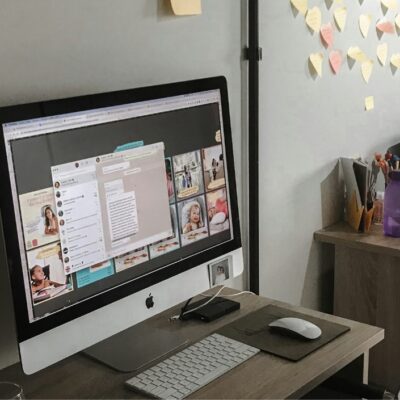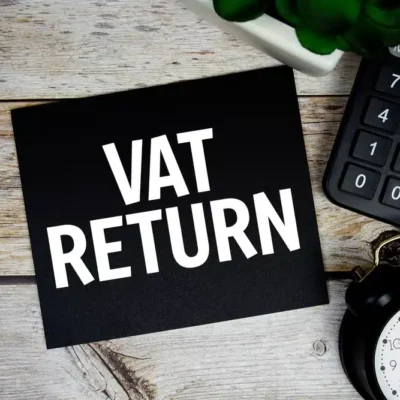Whether you’re a startup pitching to investors, a freelancer collaborating with clients, or a large company hosting team workshops, finding the right meeting room in London can make all the difference. The city’s fast-paced business environment demands flexible, professional spaces equipped to impress, inspire, and get things done.
In this guide, we’ll cover everything you need to know about meeting rooms in London — from types and benefits to how to pick the perfect venue that fits your budget and style.
Why Meeting Rooms Matter
Meeting rooms aren’t just empty spaces with tables and chairs — they’re hubs of collaboration, innovation, and decision-making. The right room sets the tone, fosters creativity, and supports productivity.
Key reasons meeting rooms matter:
-
Professionalism: A well-equipped meeting room shows clients and partners you’re serious.
-
Focus: A quiet, dedicated space helps everyone stay engaged and reduces distractions.
-
Resources: Access to tech like projectors, whiteboards, and video conferencing enhances communication.
-
Comfort: Comfortable seating, lighting, and layout affect how productive your session is.
Types of Meeting Rooms in London
London offers a huge variety of meeting rooms to suit different needs, group sizes, and budgets. Here are the main types:
1. Traditional Boardrooms
Classic, formal rooms with a large central table and executive chairs. Perfect for high-level meetings, presentations, and negotiations.
-
Seating capacity: Usually 8-20 people
-
Equipment: Conference phones, projectors, video screens, whiteboards
2. Collaborative Meeting Rooms
More casual and flexible setups designed to encourage teamwork and brainstorming. They may have modular furniture, writable walls, and breakout areas.
-
Seating capacity: Varies, often 6-12 people
-
Features: Whiteboards, sticky notes, creative supplies
3. Small Meeting Rooms
Ideal for one-on-one meetings, interviews, or quick catch-ups. These rooms prioritize privacy and convenience.
-
Seating capacity: 2-6 people
-
Amenities: Phone, basic AV setup, Wi-Fi
4. Video Conferencing Rooms
Equipped with advanced audio-visual technology for seamless remote meetings. Includes high-quality cameras, microphones, and displays.
-
Seating capacity: Flexible
-
Best for: Remote team meetings, client presentations, interviews
5. Training Rooms
Designed for workshops, seminars, and staff training sessions. They often have flexible seating arrangements and tech support.
-
Seating capacity: 20+ people
-
Equipment: Projectors, sound systems, whiteboards
Popular Locations for Meeting Rooms in London
The city is vast and diverse, with different areas catering to various business needs.
1. Central London (City, West End, Soho)
-
Ideal for client-facing meetings due to prestige and accessibility.
-
Close to major transport hubs like London Bridge, King’s Cross, and Oxford Circus.
-
Wide range of luxury, corporate-style meeting rooms.
2. Tech Hubs (Shoreditch, Old Street)
-
Creative, modern spaces perfect for startups, tech firms, and digital agencies.
-
Trendy, informal atmospheres with amenities like café lounges and event spaces.
3. Business Districts (Canary Wharf, Westminster)
-
Tailored for finance, legal, and consulting firms.
-
Sleek, professional meeting rooms in high-rise buildings with impressive city views.
4. South London (Clapham, Brixton, Greenwich)
-
Growing business communities with affordable meeting rooms.
-
Great for local teams and businesses outside central London.
Benefits of Booking Meeting Rooms in London
1. Flexibility
Many providers offer hourly, half-day, or full-day bookings, so you only pay for what you need.
2. Cost-Effective
Renting a meeting room can be far cheaper than maintaining a large office space with permanent conference rooms.
3. Professional Facilities
Rooms come fully equipped with fast Wi-Fi, projectors, printing services, and catering options.
4. Networking Opportunities
Some meeting room providers are part of coworking spaces, offering chances to connect with other professionals.
5. Convenient Locations
Choose a spot that’s easy for your team and clients to reach by public transport.
What to Look for When Choosing a Meeting Room in London
1. Capacity
Choose a room that fits your attendee count comfortably without being too large or cramped.
2. Location
Consider travel time for attendees and proximity to transport links and accommodation if needed.
3. Facilities and Tech
Make sure the room has all the equipment you need—projector, screen, whiteboard, speakerphone, or video conferencing tools.
4. Ambiance
The room’s style should reflect your brand and meeting purpose, whether formal or creative.
5. Catering
Many providers offer refreshments or lunch options. Check availability if you expect long meetings.
6. Accessibility
Check for wheelchair access, parking, and nearby amenities.
Tips for Running Successful Meetings in London Meeting Rooms
-
Book Early: Popular locations fill up fast.
-
Visit Beforehand: Check the room and tech setup in advance.
-
Prepare Materials: Bring USB drives, printed handouts, or digital backups.
-
Set the Agenda: Share clear objectives with attendees before the meeting.
-
Engage Everyone: Use interactive tools like whiteboards or polls.
-
Plan Breaks: For longer sessions, schedule short breaks to maintain energy.
-
Follow Up: Send minutes or action points promptly after the meeting.
Cost of Meeting Rooms in London
Meeting room prices vary depending on location, size, and amenities. Here’s a rough idea:
-
Small rooms (2-6 people): £15–£50/hour
-
Medium rooms (8-20 people): £40–£150/hour
-
Large rooms (20+ people): £100–£300/hour or more
Some venues offer discounts for half-day or full-day bookings and package deals including catering.
How London Is Shaping the Future of Meeting Spaces
The city’s meeting rooms are evolving to meet new work trends:
-
Hybrid Meeting Technology: Integrating remote and in-person participants seamlessly.
-
Sustainable Spaces: Eco-friendly furniture, energy-saving lighting, and recycling programs.
-
Wellness Design: Better air quality, natural light, and comfortable seating.
-
Flexible Layouts: Spaces that adapt quickly to different group sizes and activities.
Final Thoughts
Finding the right meeting room in London isn’t just about location or price—it’s about creating an environment where ideas flow and decisions get made. Whether you need a formal boardroom in the City or a creative space in Shoreditch, London has something for every style and budget.
By considering your specific needs, booking early, and choosing a room with the right facilities, you’ll set your meetings up for success and make a professional impression on clients and colleagues alike.




